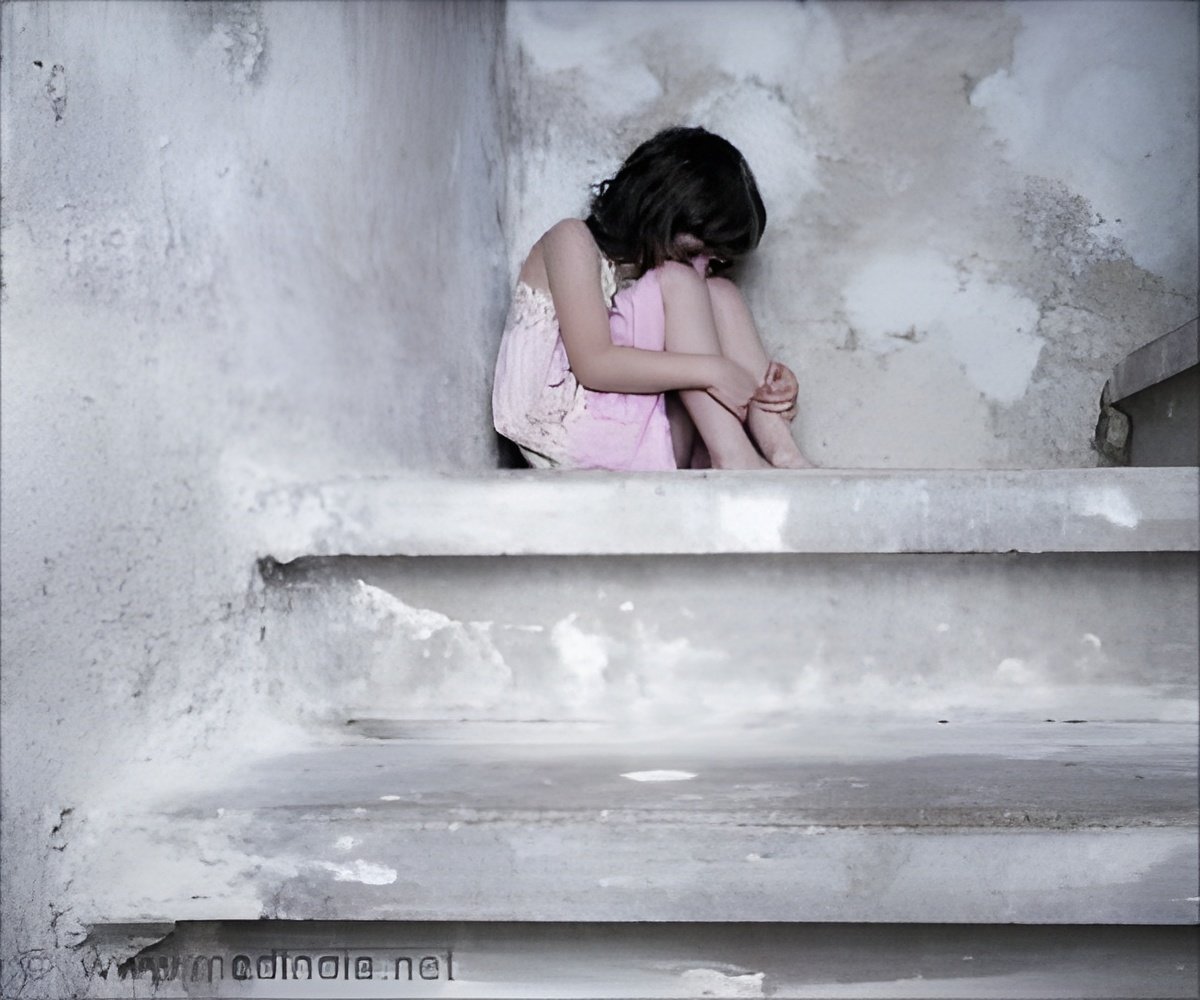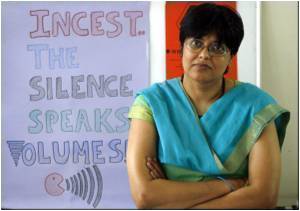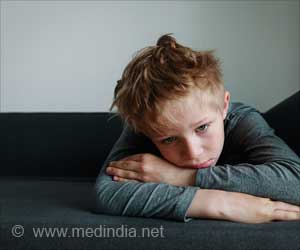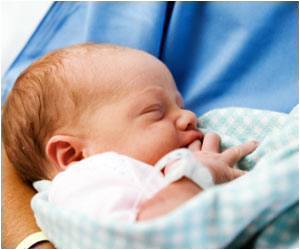Abused children and kids exposed to domestic violence exhibit identical pattern of brain activity as soldiers exposed to combat, reveals a new study.

"Enhanced reactivity to a biologically salient threat cue such as anger may represent an adaptive response for these children in the short term, helping keep them out of danger," said Eamon McCrory of University College London.
"However, it may also constitute an underlying neurobiological risk factor increasing their vulnerability to later mental health problems, and particularly anxiety."
Maltreatment is known to be one of the most potent environmental risk factors associated with anxiety and depression but still, according to McCrory, "relatively little is known how such adversity 'gets under the skin' and increases a child's later vulnerability, even into adulthood."
The new study showed that children with documented exposure to violence in the home differ in their brain response to angry versus sad faces.
When presented with angry faces, children with a history of abuse show heightened activity in the brain's anterior insula and amygdala, regions involved in detecting threat and anticipating pain.
Although the results may not have immediate practical implications, they are nonetheless critical given that a significant minority of children are exposed to family violence.
The study has been recently published Current Biology, a Cell Press publication.
Source-ANI
 MEDINDIA
MEDINDIA




 Email
Email








